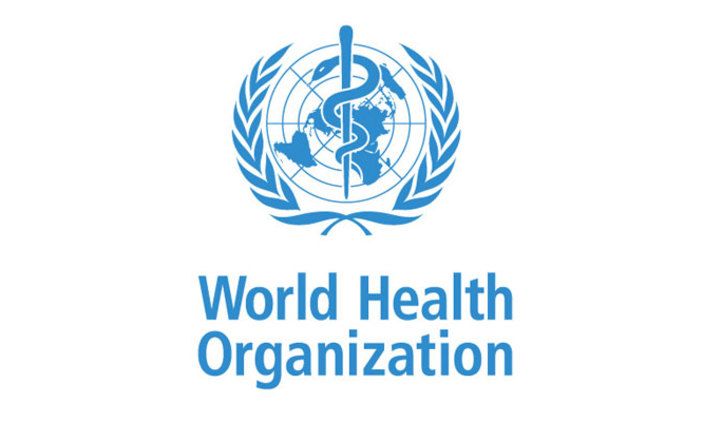Public Health Watch: WHO Launches New Effort to Investigate Origins of COVID-19
The World Health Organization's (WHO) newly formed Scientific Advisory Group on the Origins of Novel Pathogens (SAGO) will lay the groundwork for future identification of future disease threats.

“COVID-19 will not be the last ‘Disease X.’”
That’s the key message of a commentary published on October 13 in Science, written by Maria D. Van Kerkhove, PhD; Michael J. Ryan, MB, BCh, BAO; and Tedros Adhanom Ghebreyesus, PhD, all of the World Health Organization (WHO). In the piece, they extol the WHO’s newly formed Scientific Advisory Group on the Origins of Novel Pathogens (SAGO), which they describe as “an unprecedented opportunity to better guide studies that specifically investigate high-threat pathogens.”
“Disease X” is the organization’s name for as-yet-unknown pathogens that pose a threat to human life.
SAGO’s formation comes at a time when the WHO is facing unprecedented scrutiny over its efforts to investigate the origins of SARS-CoV-2. Chinese authorities have been accused of blocking the international body’s efforts to assess how the virus evolved. At the same time, some have implied that the WHO has been overly deferential to the Chinese government, essentially allowing the latter to dictate what information is released to the global community.
“Understanding where new pathogens come from is essential for preventing future outbreaks,” Tedros, the WHO’s Director-General, told the media the day the Science commentary was published.
Notably, in the commentary, he and his colleagues write that, “a lab accident cannot be ruled out until there is sufficient evidence to do so and those results are openly shared.” To date, Chinese officials have denied that a lab leak caused the virus to spread to humans.
Ryan, who serves as the WHO’s emergencies director, added in the same press conference that SAGO represents the world’s “last chance to understand the origins of this virus.”
Perhaps not surprisingly, Chinese officials have already warned that the group’s work must not be “politicized.”
Still, in keeping with other public health initiatives around the world, SAGO will be built around a “robust ‘one health’ approach that brings together the human, animal, and environmental spheres to boost risk identification, reduction, and surveillance in animals and at the human-animal-environment interface,” the WHO officials write.
The effort “must be linked to early action to investigate, characterize, and contain threats” with scientific collaboration and data sharing, they add. At the same time, researchers must work together to develop “systematic processes to study the emergence of these pathogens and their routes of transmission from natural reservoirs to humans,” and to enhance laboratory protocols globally.
“At least 4.8 million people have died from COVID-19,” Van Kerkhove, Ryan and Tedros write. “They and their families are owed answers as to where and how the virus originated. It’s in everyone’s interest to better prepare for the next Disease X.”
Because there will be another one.
